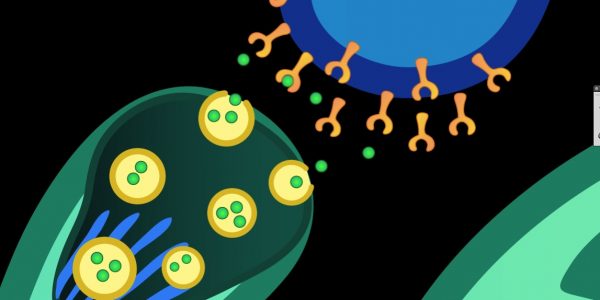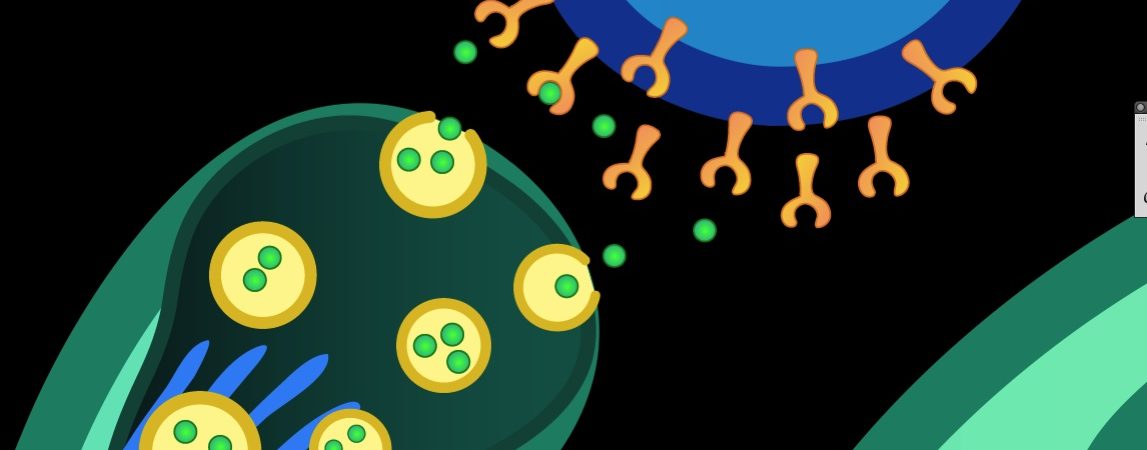Writing can be gamified in a beneficial way, not with the hand an individual writes with but the second or weaker hand as a possible esports product — a neuroplasticity stylus — for activities to benefit mental health.
Writing competitively, as a physical and cognitive exercise, using the weaker hand and for tasks in another language across challenging levels, could become a new direction for modified gaming.
Usually most people are right-handed, some are left-handed, and there are a few with dexterity in both hands — but sometimes maintaining their preference for one.
In brain science, there is lateralization — and handedness — termed as the dominance of one hemisphere—and hand—over the other.
However, it is known that the brain changes with function, such that as experiences with the world or actions are carried out, the brain—specifically the memory, can normalize what used to be tough or not normalized, so that it becomes so.
This description is part of a larger phenomenon termed neuroplasticity, which includes structural changes too. It is taken advantage of in rehabilitation, helping to restore certain lost functions in some conditions.
Writing is particularly precise and advanced, such that one hand for most people does it great with any pen but the other hand’s output is awry.
Pens—regular and digital—as well as styluses are generally made to work with the dominant hand, with expectation of coordination and stability, not outsourced.
But with a differentiated stylus, built with tactile feedback — used in controllers, for stability, then with supervised learning, where the stylus is pre-trained in figures, shapes and alphabets of languages, the stylus can make writing with the weaker hand easier and come off better.
The stylus would be useable on digital surfaces and also have a replaceable tip for use on paper. Optical character recognition’s correction is not the goal of the pen, or what the pen would totally depend on for scores or effectiveness, but the experience of normalization of writing and precision objective with the second hand, which was not possible before, measured by sight and dimensions—as the pen can store feedback when used on non-digital surfaces.
It should be possible that after a while, the second hand can write with any other pen, but the game would have difficulty levels to carry on—with new languages, sophisticated drawings, scribbles, growing the adaptability of the second hand.
Achieving this as a gaming product is where esports come in, for challenges and iterations on what to write—and learn, especially interchanging with the dominant hand for proof of difference, so that cheats are fewer.
Pre-training can be carried out with the dominant hand of the user, so that alignment between the outputs of the weaker and dominant hands would be added to scores, completions and new levels.
There are several languages with varying shapes, figures, alphabets and designs as gating for the weaker hand, along with the experience.
The goal is to enhance physical and cognitive benefits, as an activity that becomes prioritized in memory, taking advantage of neuroplasticity, serving mental health, and doing so as gaming competitions among players.
The pen holds a new mental care promise and can be useful for leisure, to ease attention problems, for pre-rehabilitation for those with conditions that make them disposed to loss of motor and cognitive functions, and so on.
Esports can lead the way to have this stylus, as a novel mental health and gaming innovation.




